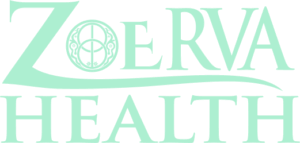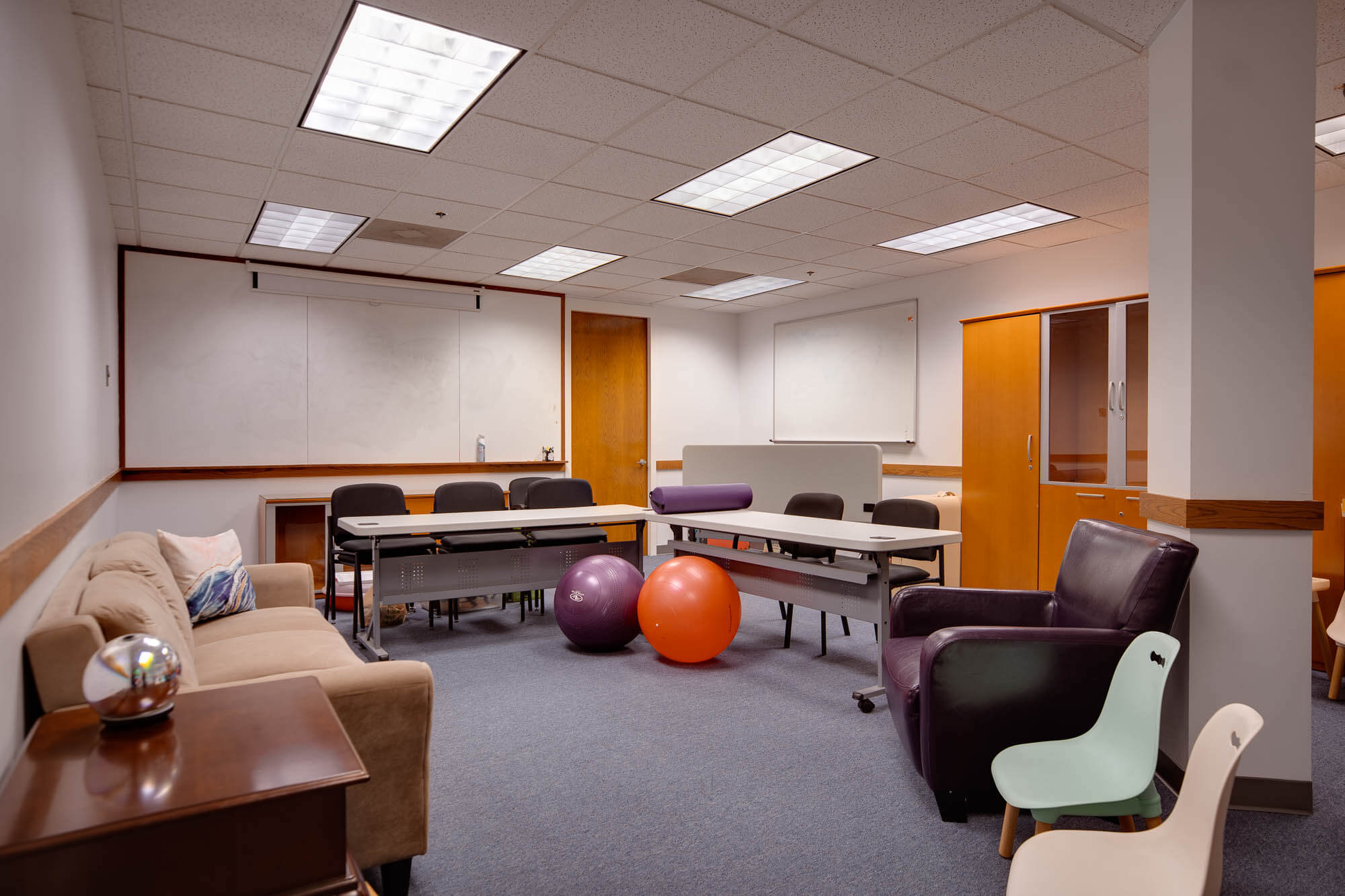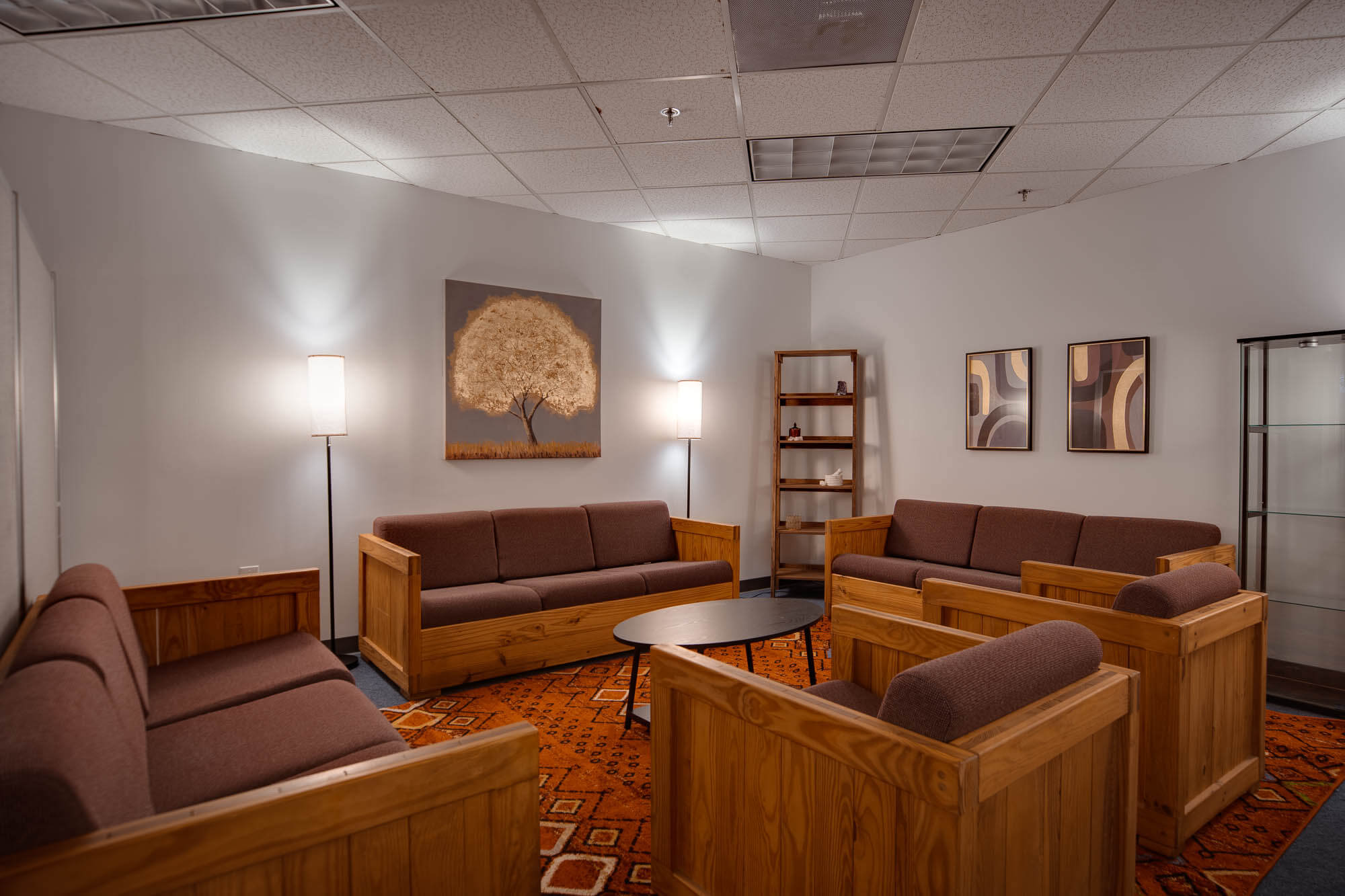April is the National Child Abuse Prevention Month (NCAPM) which serves to bring awareness to communities, families, and systems about the prevalence of child maltreatment and ways we can come together to combat these issues. One way we can help prevent abuse and neglect is by bolstering a child’s protective factors. What is a protective factor you might ask? According to the Child Welfare Information Gateway, protective factors are conditions or attributes that help ensure the well-being of children and families and reduce the likelihood for negative outcomes. There are many ways to enhance a child’s protective factors from ensuring they are socially connected to peers and trusted adults, to encouraging their creative outlets through the arts, sports, or other extracurricular activities. Similarly to supporting children at the individual level, we must also support families and communities by providing access to resources to support mental health, education, child-care, and economic needs.
Children in foster care are a particularly vulnerable population when it comes to encompassing more health risk factors than protective factors. For example, did you know that Posttraumatic Stress Disorder (PTSD) is more common in people who have been in foster care than among veterans in the United States? A study completed in 2005 surveying foster care alumni (adults who were in foster care as children) found that they were twice as likely to qualify for a PTSD diagnosis than that of US war veterans. Additionally, some studies show that around 20% of children in foster care qualify for a PTSD diagnosis due to the trauma they have experienced. So why is PTSD associated with war and veterans but not foster care? Part of the reason might be the lack of awareness and education regarding the child welfare system in the United States.
So that begs the question – how can you support children in foster care and spread awareness of child welfare? There are many ways to support the child welfare system. The biggest need seen across the country is for more foster families, particularly foster parents that are able to accept sibling groups and/or older youth in care such as adolescents and teenagers. There is also a need for foster parents that are equipped to take placements where LGBTQIA+ related needs exist such as transgender youth. If you are not able to become a licensed foster parent, that is okay because there are other ways to support children in foster care. Reach out to your local child welfare agency to determine if there are ways to volunteers. Many agencies provide services to foster parents such as support groups or “foster parent night out events”. One volunteer opportunity may be providing child care during such events giving the foster parents a much needed reprieve so that they can ensure their well-being and protect their longevity to continue fostering.
To learn more about the child welfare system, one resource is the Child Welfare Information Gateway – Child Welfare Information Gateway | Child Welfare Information Gateway
To learn more about Virginia’s Foster Care System, please visit the Virginia Department of Social Service’s webpage – Foster Care (FC) – Virginia Department of Social Services











